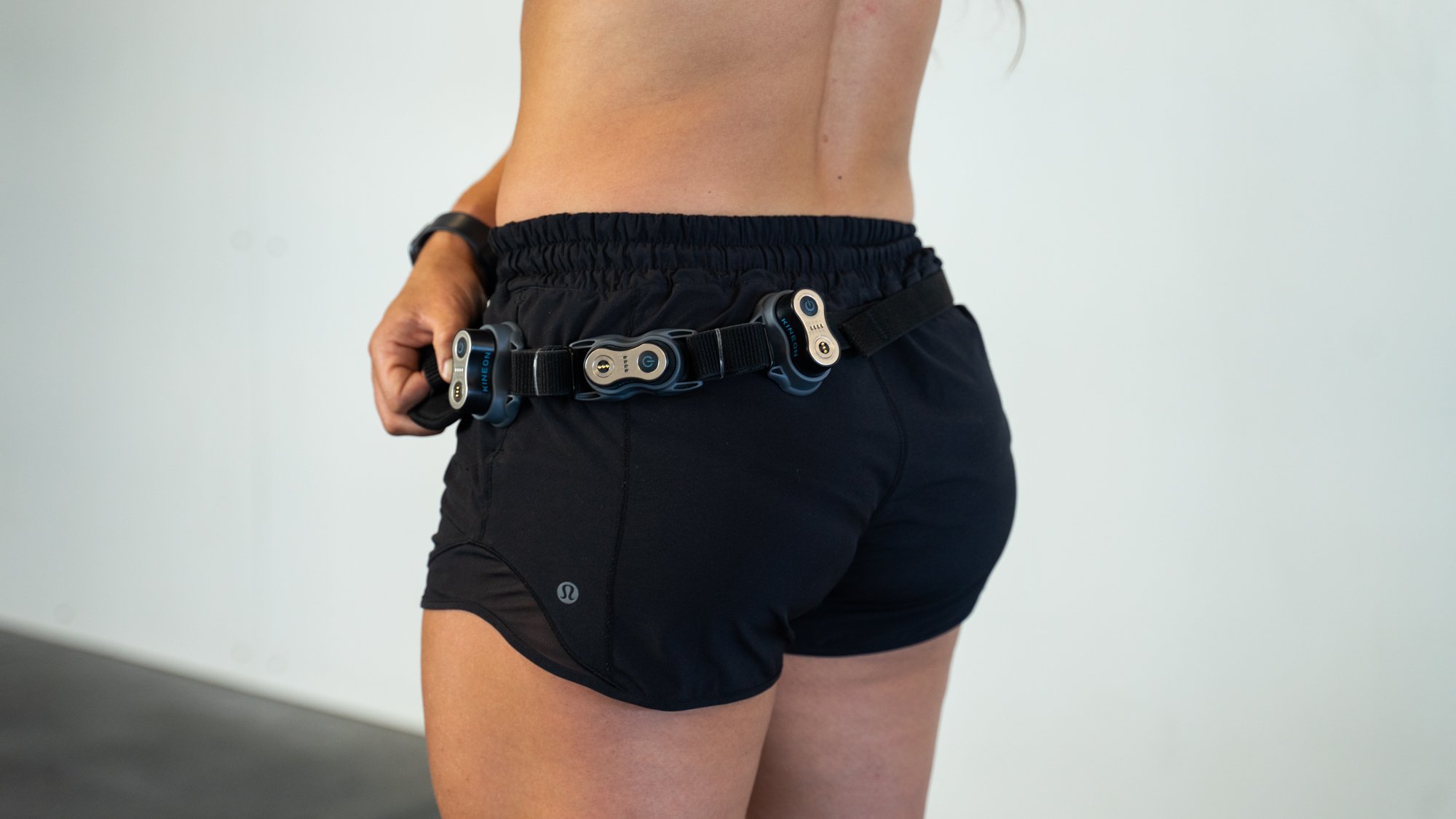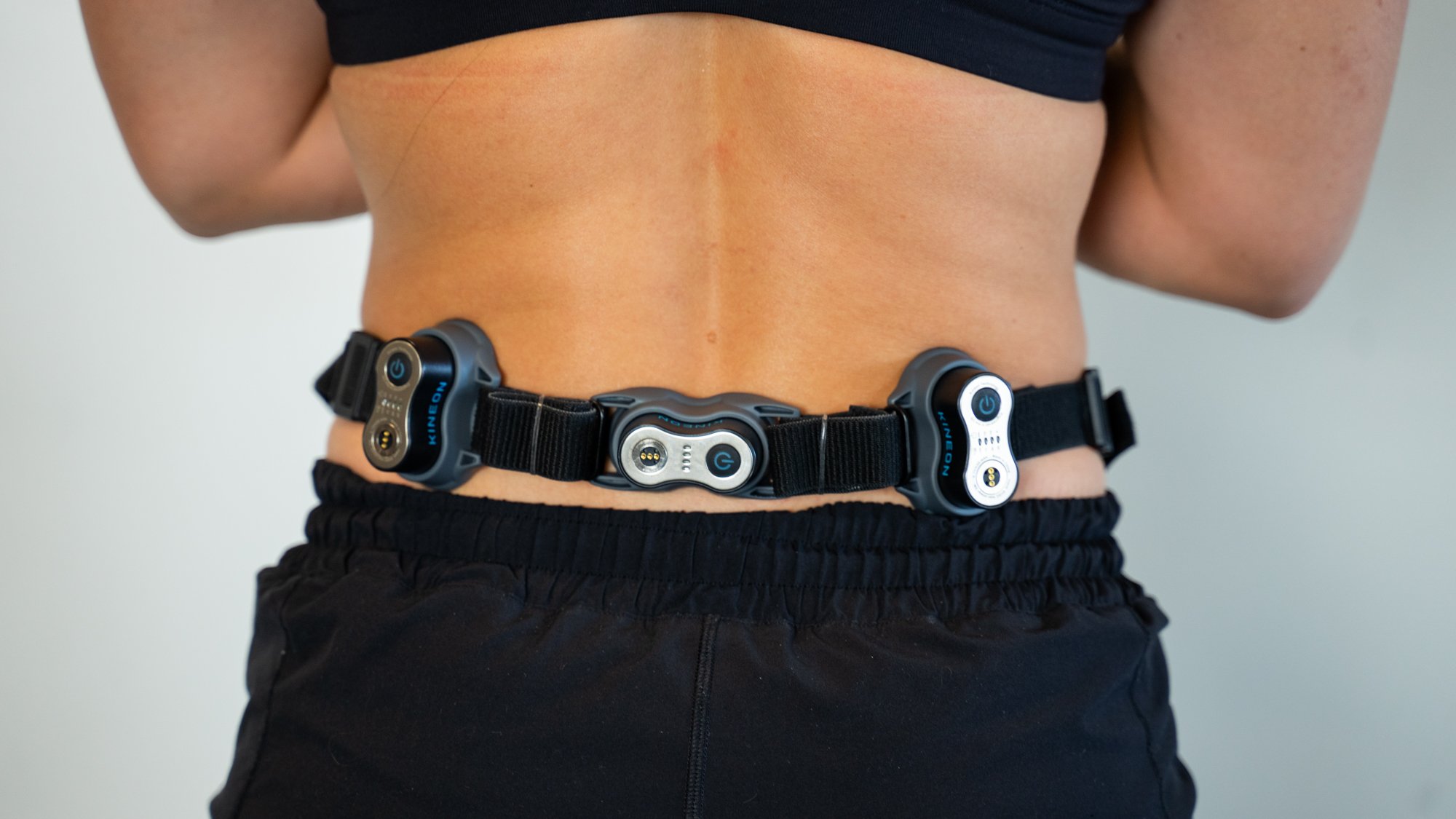📋 Hip Treatment GuideUpdated 5 months ago
About Hip Pain
Hip pain is a common issue that can affect people of all ages, often interfering with everyday movement and overall quality of life. It may stem from a variety of causes, including joint degeneration (such as osteoarthritis), muscle imbalances, tendonitis, bursitis, labral tears, or nerve compression. In many cases, hip pain develops gradually due to overuse or biomechanical dysfunction, while in others, it can result from injury or inflammation.
Regardless of the cause, hip pain often presents as stiffness, aching, or sharp discomfort in the front of the hip, groin, outer thigh, or buttocks. This can limit mobility and make activities like walking, sitting, or exercising difficult.
Treatment options for hip pain can vary depending on the cause and symptoms. We recommend speaking to a qualified health professional to help diagnose and treat any specific conditions.
Red light therapy offers a non-invasive way to support recovery from hip pain by helping to reduce inflammation, relieve discomfort, and promote tissue repair. When combined with corrective movement and strengthening work, it can be a powerful tool in restoring function and improving long-term outcomes.
Primary Treatment
Front of the hip/groin (e.g., hip flexor strain or labral irritation): Place the MOVE+ modules directly over the crease where the thigh meets the pelvis.

Outer hip (e.g., IT band syndrome, glute med tendinopathy, or bursitis): Position the MOVE+ over the bony point on the outside of the hip (greater trochanter), securing the device so it sits comfortably along the outer glute/hip area. You can use clothing to secure the device in place, or the MOVE+ extender strap (sold separately).

Rear hip or buttock (e.g., piriformis syndrome or deep gluteal pain): Place the MOVE+ over the upper glute, just below the back waistband, focusing on any tender or tight areas. This can help target deep muscular tension and nerve compression.

Treatment Time
- Each area should be treated for 10–15 minutes per session, up to 2 times daily. For best results, combine red light therapy with gentle mobility and strengthening exercises tailored to your issue. Always listen to your body, and if in doubt, consult a healthcare professional for guidance.
- Consistency is key. Doing a short treatment every day will be more effective than doing longer sessions more sporadically.
Secondary Treatment
Lower Back (Lumbar Spine / QL Area):
Pain in the hip is often tied to tightness or dysfunction in the lower back. Applying red light therapy here can help relax overactive lumbar muscles, improve spinal mobility, and enhance blood flow to the entire hip-pelvic region.

Treatment Expectations
On average, our customers see an 89% decrease in pain within 2-3 weeks. Some people have noticeable relief of pain, even after just one session!
One big impact on results is how much blood and tissue is around the area of pain and inflammation.
You can expect faster results on larger areas, like hips, knees and back. Smaller areas like hands and ankles, may require 3-4 weeks for noticeable pain reduction.
Treatment Benefits
Inflammation
Inflammation is a common cause of pain. Light therapy is a proven treatment to help significantly reduce inflammation.
Pain Transmission
Reduces pain signal transmission in the nervous system through neurotransmitter modulation.
Tissue Health
Stimulates tissue repair and regeneration through an increase in cellular function and reduction in oxidative stress
Blood Flow
Improvements in blood flow will contribute to reduced inflammation, healthy tissues and faster healing.